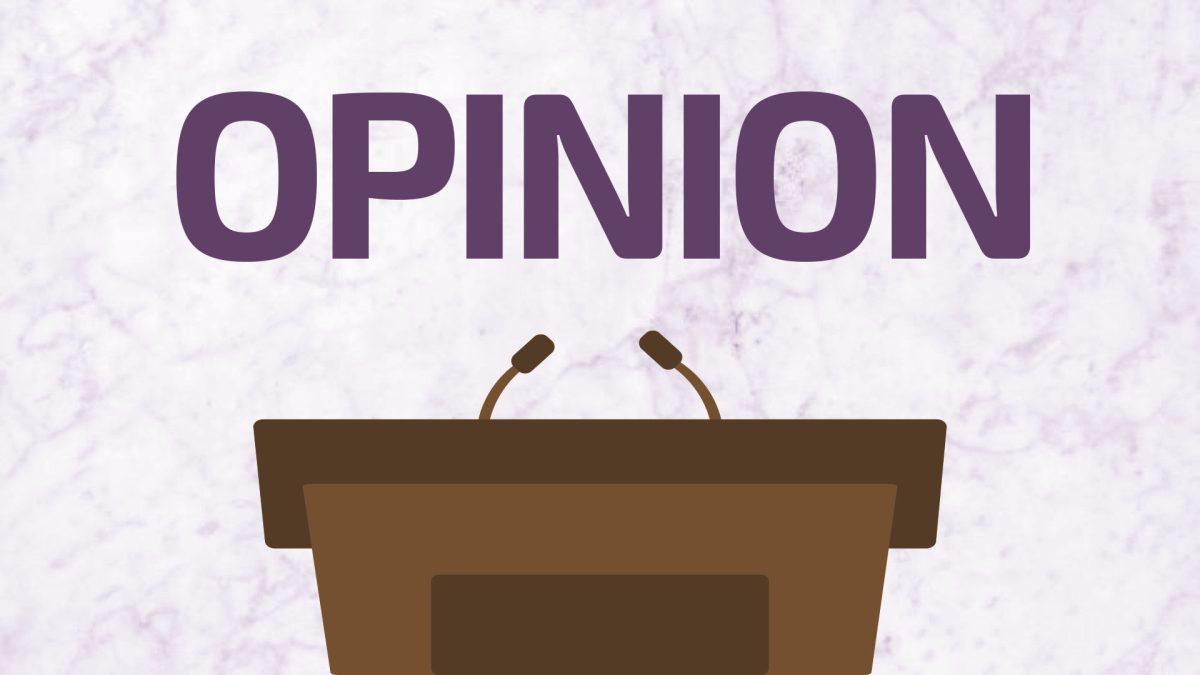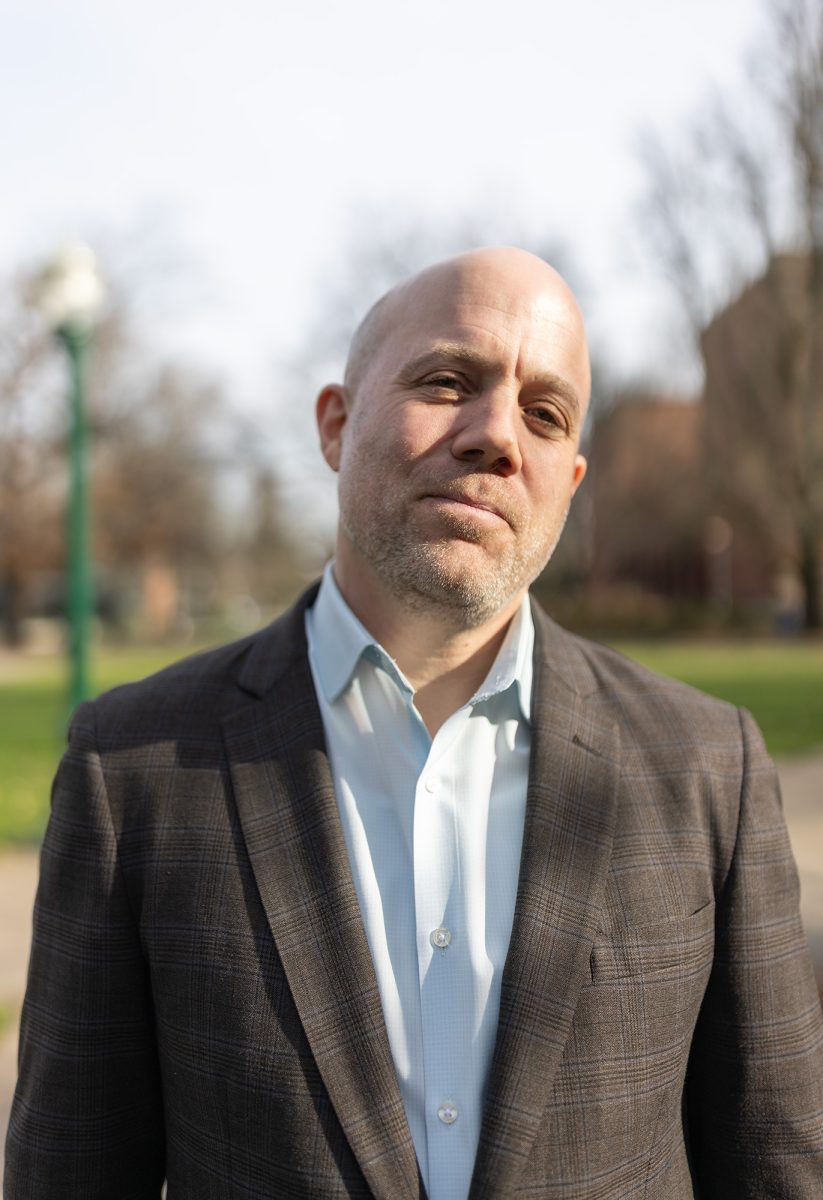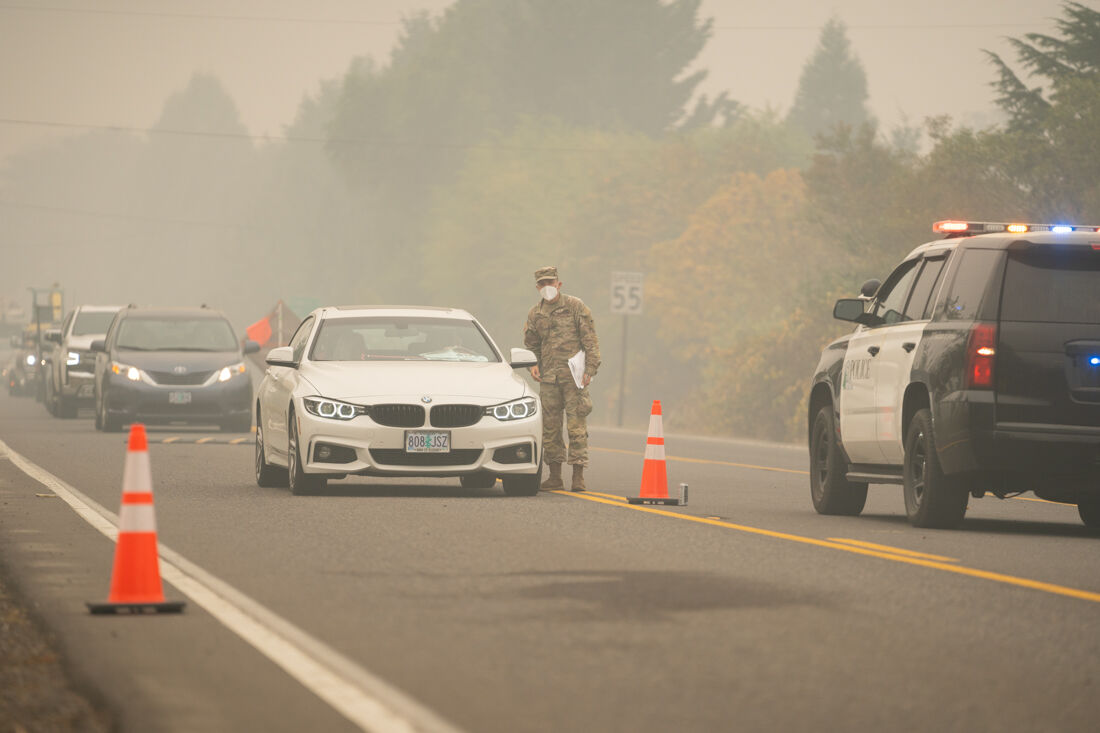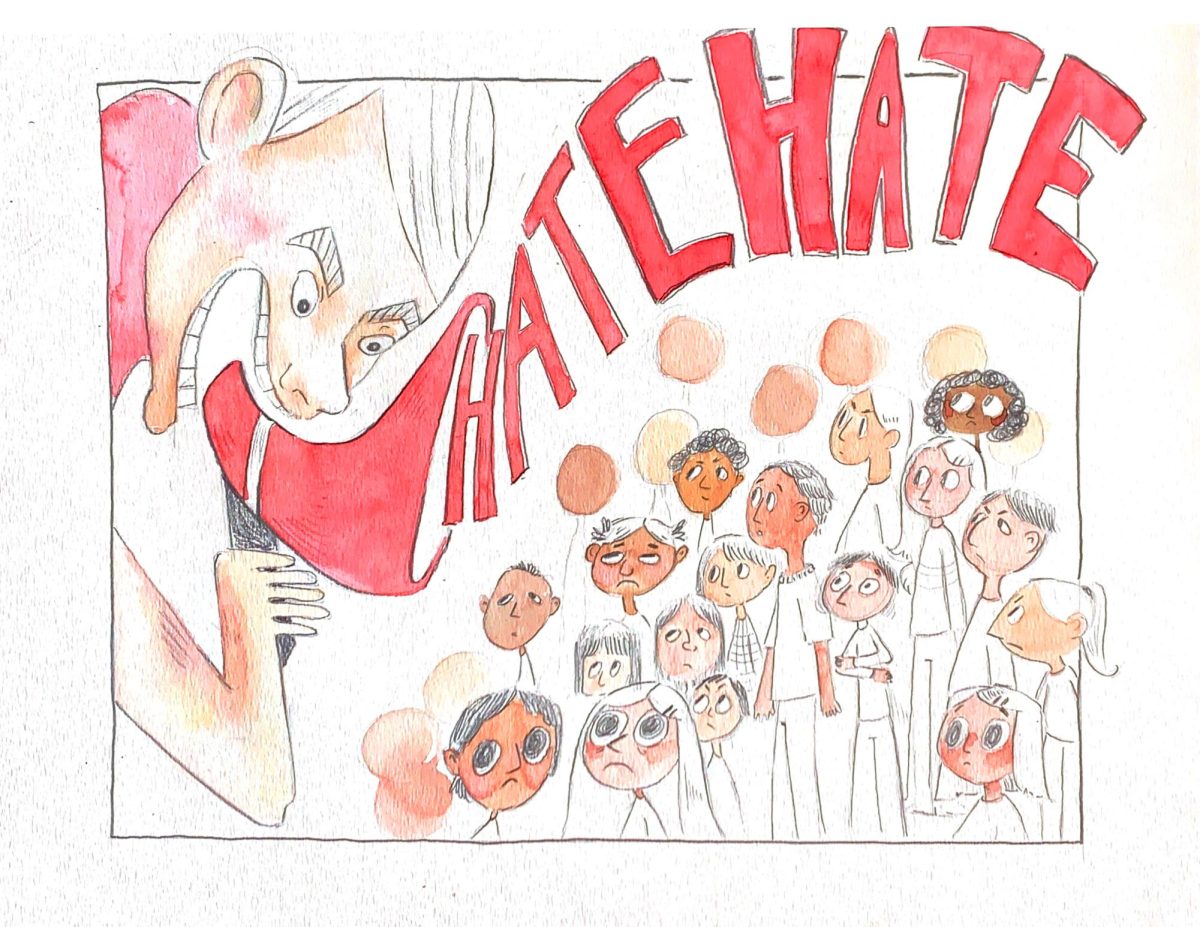A collective buzz of excitement accompanies the fall of autumn leaves as the University of Oregon reopens this term. The return to in-person classes means an influx of students. And, although the excitement of community is a much-needed tonic after many months in isolation, a frightening and slightly fabricated version of normalcy fills the air.
With the threat of the delta variant increasing each day, the easing of pandemic restrictions is the last thing that should be happening. While vaccines offer increased levels of protection against COVID-19 and its variants, the Centers for Disease Control and Prevention have indicated the delta variant has caused more infections and can spread faster than the original virus. In Lane County, current community transmission rates maintain high levels.
While the statistics provided by the CDC seem daunting, a campus-wide mask mandate offers some hope for the continuation of in-person classes. However, the sheer number of students returning to campus for fall term complicates the matter.
Much of the world is experiencing a misplaced sense of relief as mandates begin to loosen and a return to pre-pandemic life appears closer to being realized. But, although much of society wants to trust this silver lining, research suggests an increase in volatile and unknown variants of the virus. Without the appropriate safeguards, the pandemic will continue to weigh down the foundation of civilization.
Out of 21,800 UO students, 96.1% of them are reported as fully vaccinated as of Sept. 27, according to UO’s vaccination dashboard. The dashboard also states that 95.2% of staff are immunized. This data only includes those who have reported their status. There are still over 900 individuals at the university who have not submitted their status. While these numbers reflect a highly vaccinated community, both the density of the group and the lack of common-sense regulations in place for students open a possibly disastrous door.
Given how many students attend the university, it is naive to believe that rules and regulations will be consistently followed by every community member. Highly trafficked areas, such as Straub Hall or the Recreation Center, are potential locations of viral spread because it’s unrealistic to assume that all students will follow the health and safety guidelines.
Other universities that have similar population sizes and guidelines to UO, such as Michigan State University, are experiencing increasing numbers of COVID-19 cases. As of Octt. 2, testing and reporting services for MSU have detected 454 cases of the virus since Aug. 2, despite MSU having high vaccination rates and a mask mandate similar to UO’s. Without further care for these policies, UO’s infection rate will continue to rise similar to other schools of its type.
In the past year, many people’s refusal to adapt to the pandemic has displayed their outright selfishness. Not wearing a mask has become an uninformed political statement, one that values personal comfort over protecting the group. The idea that a “new normal” includes masks is widely rejected, and public impatience for a supposed end to the pandemic continues to grow.
Most frightening of all is the growing sense of the unknown. The dangers of COVID-19 are continuously evolving. Breakthrough infections for those who are vaccinated, as charted by the Oregon Health Authority, prove this solemn point.
Simply stated, a semi-normal school experience this term should be celebrated, but a greater victory lies ahead: a collective and responsible approach to the common good, and one which will help all of us face the challenges we have faced over the past 18 months.
Students are seen at Lillis Hall on the University of Oregon campus in Eugene, Ore. on September 30, 2021. Students, staff and faculty at the University of Oregon navigate what in-person classes and events look like in the time of the COVID-19 and the new dangers of navigating the Delta Variant. (Isaac Wasserman/ Emerald)
















